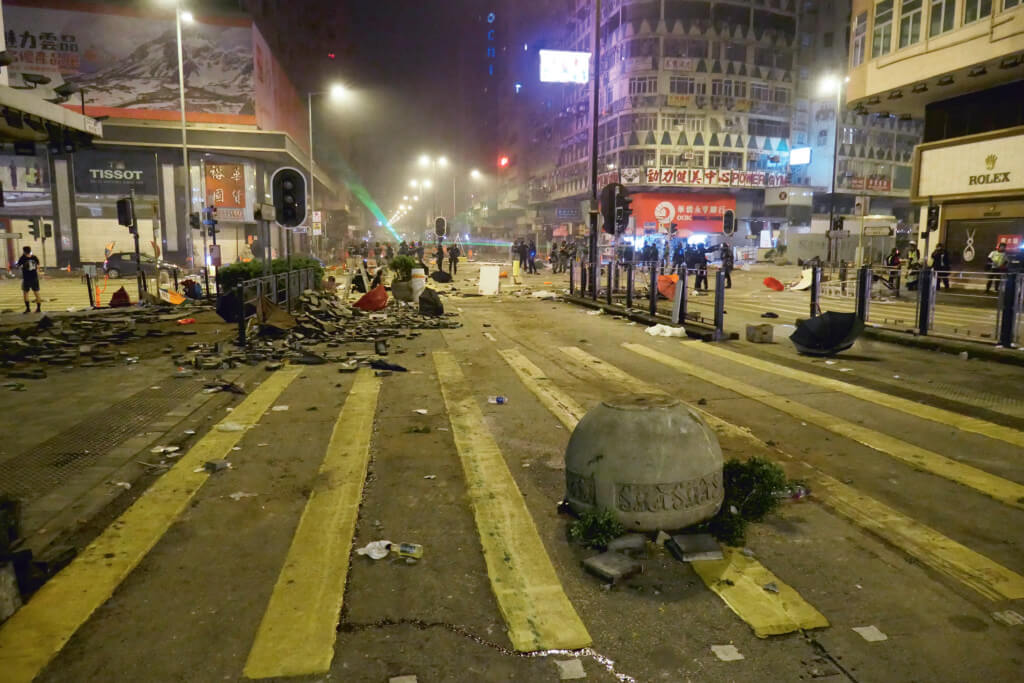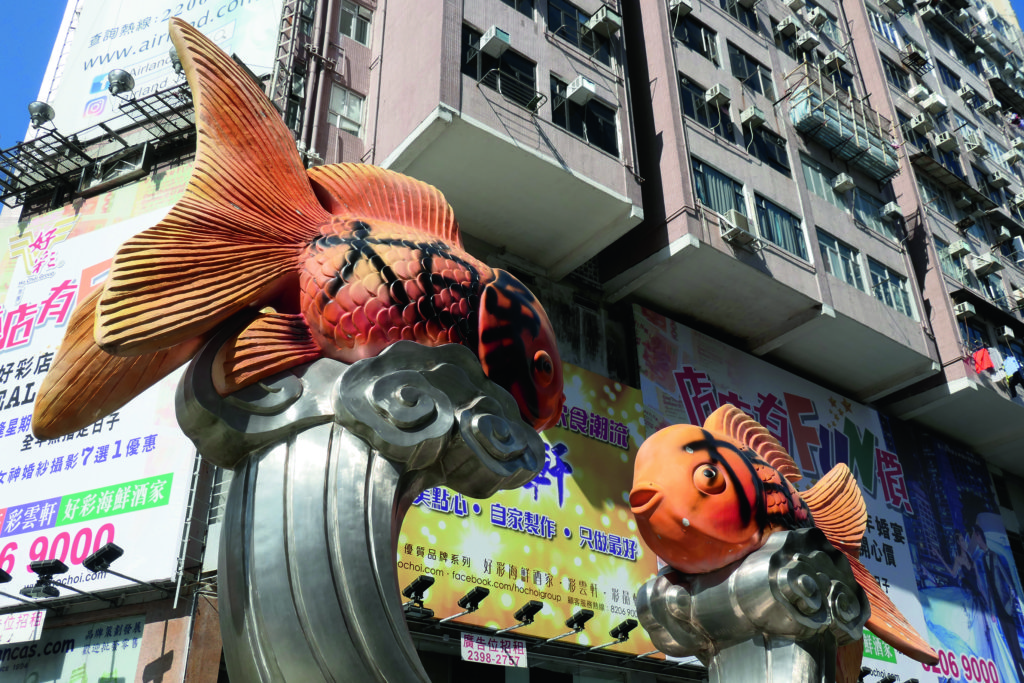Two pivotal events will influence Hong Kong’s immediate future and be viewed as historically decisive. The first event is the occupation by protesters of the Polytechnic University, its siege and blockade by police and the subsequent complete evacuation of the campus by protesters. A week later, the District Council elections saw pro-democracy candidates secure majority support from the electorate to control 17 out the city’s 18 District Councils. The pan-democrats have now secured the dedicated District Council functional constituency seat, all 117 seats on the Election Committee to elect the next Chief Executive and have majority nomination rights for the five ‘super’ District Council seats in the next Legislative Council election.
I have heard commentators say that the District Councils are the “lowest rung” of government structure in Hong Kong, as if they have no power. That is a misleading representation. District Councils have an influential role in formulating grassroot policies, especially in urban planning, and in the management of residents’ local services and facilities. In our heritage conservation and urban planning advocacy battles, government always reflects public opinion by consulting District Councils. For example, any Urban Renewal Authority project, road construction, park ‘beautification’ or heritage conservation project will be varied after listening to the views of a local District Council. Furthermore, Hong Kong’s hundreds of advisory committees and official events will now see newer, younger faces, and more woman representatives. These elections have ushered in a pivotal generational change that will bring needed new ideas and will surely counter previously bad, small circle, District Council pro-government decision-making. In future, we should get better planned public spaces, and see fewer disasters, such as the kitsch goldfish sculpture that the Yau Tsim Mong District Council approved in 2011!
I visited the Polytechnic University and the surrounding areas on 15 November and again on 17 and 18 November. In the early morning of the 18th, I saw some awful fires lit by protesters, and an aggressive battle mentality by the police at the PolyU and on the surrounding streets of Tsim Sha Tsui, Jordan and Yau Ma Tei. It was an incredibly intense night, of which I will write another time. I will relate just one incident from that awful night.
I left the PolyU just before midnight on 17 November, but later was with a group of press following the police as they confronted protesters near Tsim Sha Tsui police station. It was a mess – round after round of tear gas and rubber bullets were fired by police at the frontlines of protesters, who replied with thrown Molotov cocktails, one starting a big fire in the police station carpark and fires along the length of Nathan Road. Eventually the protesters retreated past Yue Hwa Department Store. As I approached the Nathan Road/Jordan Road intersection, I saw a protester lying on the ground, surrounded by police, nearby were other arrested protesters. A young press reporter approached me and asked me to get closer and check if the protester (a woman aged about 20 years old) was breathing. I went near the police and noted that the woman’s lips were slightly moving and she was breathing and that a policeman was holding a cloth to stem the flow of blood from what looked like a serious head injury. I told the young press reporter and she asked if I could call an ambulance as a foreigner will have a better chance of being listened to, and “that the police won’t ring”. I rang ‘999’ and gave location and a short description of the woman’s injuries. The ‘999’ receptionist said the ambulance would ring me back. They did, promptly, about two minutes later. I told the ambulance that the police were holding the woman’s head etc etc – the ambulance said that they had had another report of a woman injured in that location (so, someone or the police did make a report).

The streets in the area were littered with debris, and stones made vehicle access difficult, so it took the ambulance at least fifteen minutes to arrive, despite Queen Elizabeth Hospital being one minute just around the corner….in the meantime, police and protesters continued trading fire with rubber bullets, tear gas and Molotov cocktails only 50 metres away. Eventually the police forced the protesters down Nathan Road towards Yau Ma Tei. But, before I followed the frontline with the other press, I saw the young press reporter again (it is always difficult to distinguish each other, as everyone is wearing helmets and faces are covered). She had stayed near the injured woman, who was now being attended by ambulance officers and was sitting upright and conscious, a large bandage around her head and guarded by two police (she will, no doubt, later be arrested in hospital). The reporter thanked me for my help – which was minor, compared to the quiet assistance she had offered to the injured woman. I asked her who she worked for. She whispered something that I did not hear. She then typed out on her phone “TVB”. I looked at her and nodded. There were still a couple of video press reporters filming around us, she did not want them to know.
The quiet humanitarian kindness by this young TVB press reporter, done during some of the nastiest and most violent street action I have seen, is typical of the kindnesses I have seen countless times over the last five months. However, the vilification of people, between police and protesters, or, merely based on their employment (e.g. working at TVB) or origins (e.g. from the mainland) have been some of the most distasteful incidents I have witnessed over the months.
Since the District Council election, protesters have been discussing to be ‘jing gai gai’ (quieter) in their actions. Let’s hope so. The city desperately needs a quieter approach. And, if protests are calmer, the government must fulfil its promise to address the protests’ core demands. The Legislative Council election are only ten months away, and the political balance could shift further towards the pan-democrats: further splitting the city into two and making the government an even bigger nemesis of the people.








